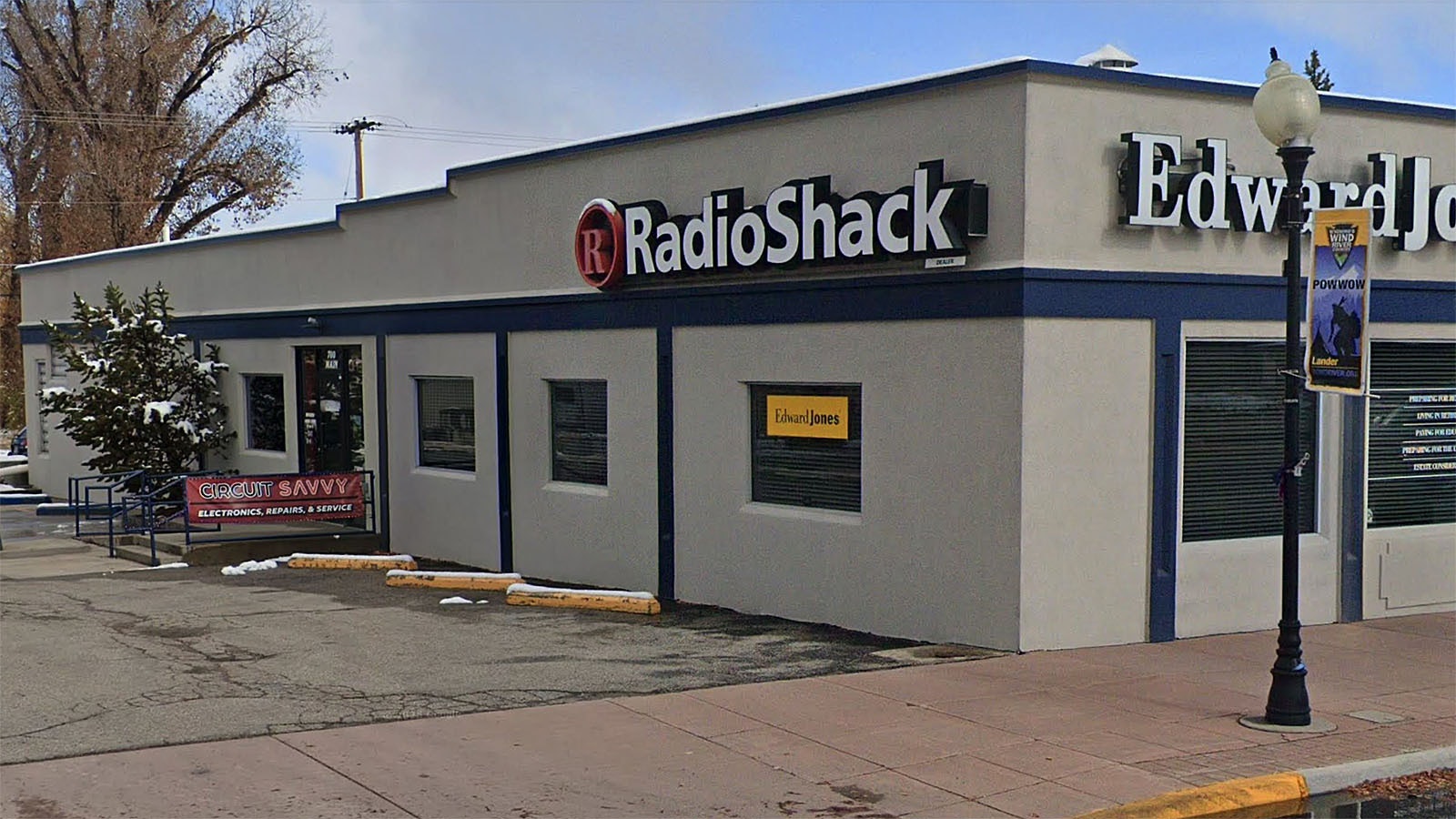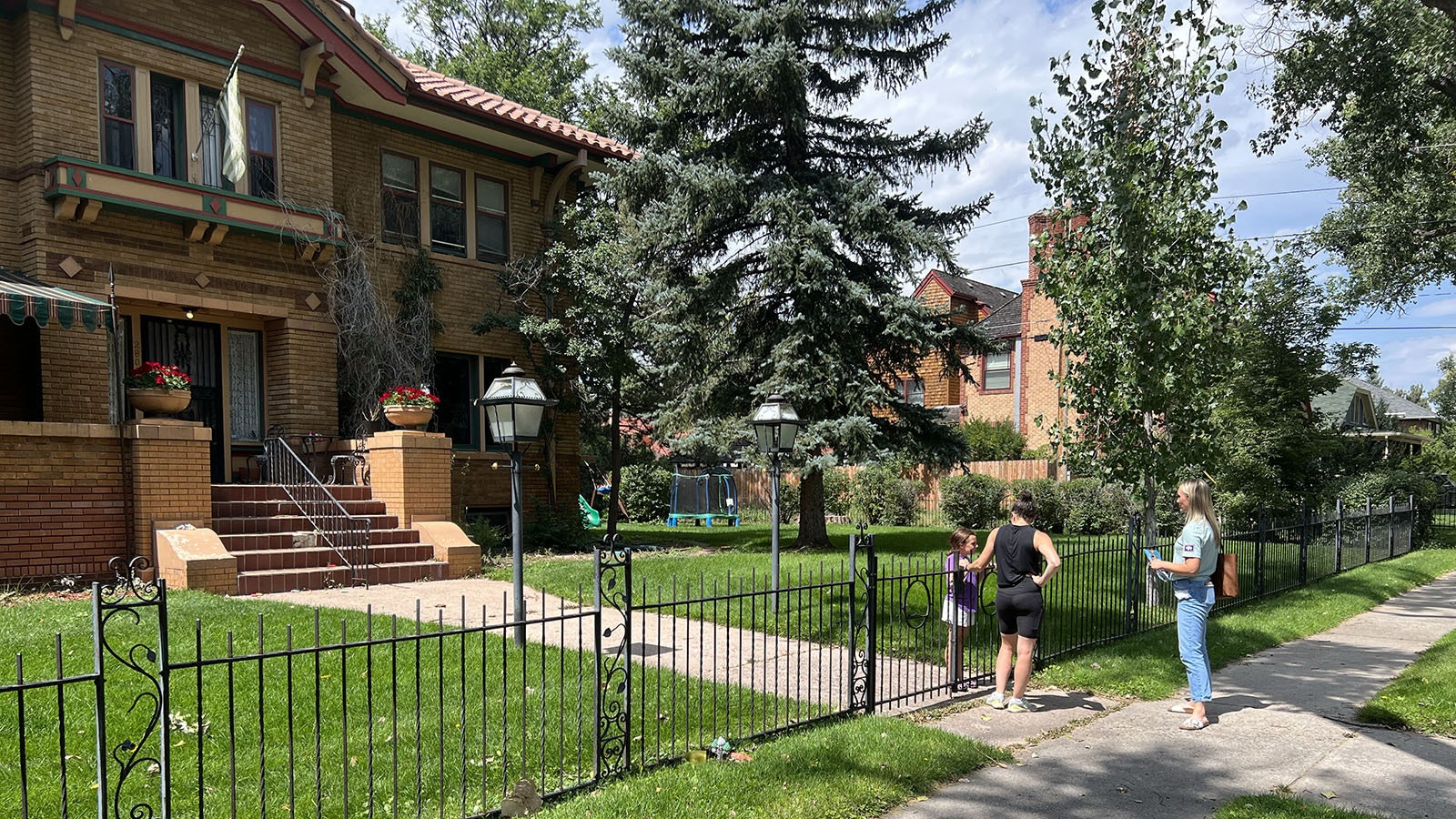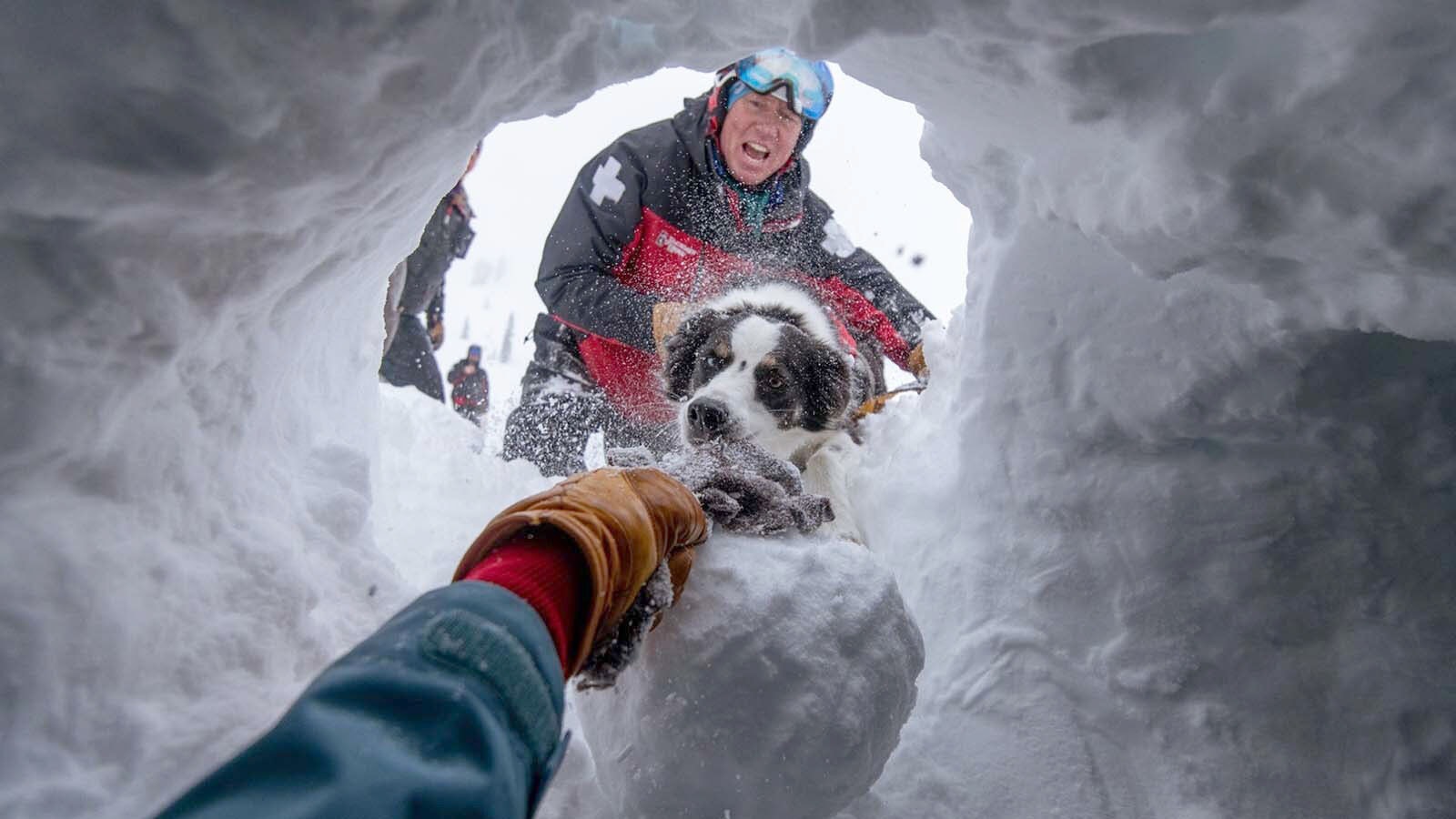CHEYENNE — Wyoming’s first and only privately owned 1-mile horse racetrack was set to hold its first races this fall, but problems with weather and electricity have mucked up that timeline.
Thunder Plains Park’s co-owner Will Edwards told Cowboy State Daily that the biggest issue that’s holding Thunder Plains back is bringing power to the horse racing venue that lies just outside the eastern edge of Cheyenne off Interstate 80 near the TA Travel Center.
“There’s a huge demand for electricity right now, and my understanding is the state and Black Hills (Energy) and these other electric companies are stepping up and planning for future infrastructure,” Edwards said. “It’s just everything takes time.”
The electrical provider in this case is High West Energy, Edwards added, and the company was very upfront about the realities it faces in extending power to the racetrack now.
Edwards said he’s been told it doesn’t matter if his venue needs 4,000 amps or 1,200, the infrastructure is a year out to provide either the track’s minimum or maximum figure.
That has Edwards approaching the Wyoming Gaming Commission to seek an extension for permitting at a special meeting expected to happen Thursday.
Other significant problems Thunder Plains has faced include wet weather conditions, with the spring being a little wetter earlier than anticipated. That’s set the timetable for mixing the right sand back a month or so.
“Just look at what happened last night,” Edwards said Tuesday afternoon. It’s also getting closer to the usual “torrential rains at the end of June.”
When rain wets down the sand that’s being sifted into material for the track’s surface, it starts clogging up the screeners, making it impossible to continue, Edwards said.
“We have hired Dennis Moore, who is one of the leading experts of track surfacing in the world,” Edwards said. “And he’s done tracks in Dubai and everything.
“That’s a little bit of a double-edged sword, because on the one hand we have the best in the business working as a consultant for us. And on the other hand, he demands nothing but the best. So, we’re held to a very strict specification for how we’re surfacing our track.”
Ultimately, Edwards is confident that’s going to make the track exceptional. In the meantime, it means costly imports of specific sand as well as continual quality-control testing. And, when rain hits, it also means an extended drying period for the sand.
“It’s going to be awesome. Nothing can even compare to it that’s been done in the region where our track is going to be, how it’s going to end up,” Edwards said. “It’s just been a little more involved than we originally anticipated.”
Steel Tariffs Could Also Have An Impact
One of the most expensive aspects of the project will involve raising close to a dozen barns for horse stalls.
Prior to the 2024 election, Edwards was told those were going to be a huge expense. Now that the Trump administration has imposed steel and aluminum tariffs, that’s a cost Edwards expects to see rise.
“We haven’t experienced it yet, but we’ve heard rumblings that steel and aluminum tariffs may cause delays and cost problems,” Edwards said.
Because of those factors, Edwards will need to appropriately time raising the barns with actually having some races, and cash flow to support the enterprise.
So the barns are, for now, on hold alongside the power issue, pending the outcome of his request to extend the development’s permitting.
Other activities are ongoing, Edwards added, and the track, other than the surface, has already been graded and built, ready for other things to pop up as soon as there is all-important power to the site. So far, Cowboy Racing LLC has put about $7 million into the project, according to what Edwards told the Gaming Commission in May.
“We’re way beyond being started at this point,” Edwards told Cowboy State Daily. “And it’s a very exciting project. It’s going to be really great. We’ve had a lot of conversations with even people who are from out of state about how this is going to become an amenity for the entire region.”
California’s Bust Could Be Wyoming’s Gain
The timing couldn’t be better with several horse racing venues in California shutting down historic horse-racing venues for good, Edwards said.
These include Alameda County Fairgrounds in Pleasanton, Golden Gate Fields in San Francisco and harness racing at Cal Expo in Sacramento.
California horse racing has faced a decline in profitability, with other states having alternative gaming revenue to boost purses and attract higher quality horses and stables. Those states include Kentucky, New York, Arkansas and Wyoming.
Wyoming has so far lacked a true 1-mile track, with most of the horse-racing industry in Wyoming renting tracks from county fairgrounds for their seasons.
A notable exception is the Wyoming Downs racetrack near Evanston, which has, for a long time, laid claim to being the state’s largest and only private horse-racing venue.
It offers grandstands that accommodate 5,000 people and stalls for more than 800 horses. The track is 7.5 furlongs, where a furlong is 1/8 of a mile, making it almost, but not quite, a mile.
Elevated Operation
Edwards has already benefited somewhat from the closure of horse-racing venues in California, by acquiring some of the materials for Thunder Plains from Golden Gate Fields.
“We spent most of the winter polishing up, numbering and lengthening posts and getting our rail system that we salvaged from Golden Gate fields in San Francisco,” he said. “So, all that is on pallets ready to go and ready to be installed right now.”
The Alameda track that closed in March was among the oldest in the nation, with a 1-mile track built in 1858.
The loss of the historic horse racing venue, with its 3,000-seat amphitheater, leaves an awful lot of horse racing enthusiasts looking for a new venue. Edwards believes Wyoming’s new 1-mile track could be a beautiful alternative for some of those fans.
“Wyoming has a lot to offer as far as horse racing in general,” Edwards added. “I consider it a horse state already. We have a heritage of horsemen and horse breeding and all of that.”
Wyoming also has something that many other horse-racing states do not, and that’s the opportunity to train horses at elevation.
Human athletes have long used altitude training to improve their athletic performance, and the same technique can be applied to thoroughbreds and other race horses as well.
“We have the elevation that allows us to have hypoxic training, just like an athlete training at altitude,” Edwards said. “And we’re hoping that our track kind of starts a lot of programs in the state. So, Wyoming itself could be known as a new horse-racing state.”
Renée Jean can be reached at renee@cowboystatedaily.com.





